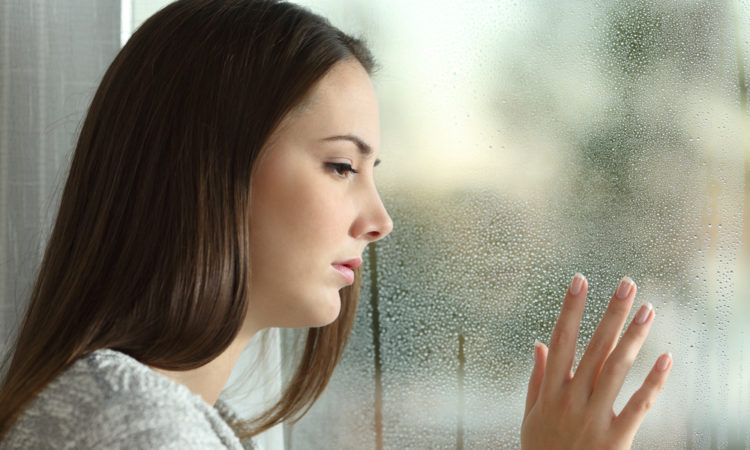
Experiencing Winter Blues? I Know, It’s SAD
Fall has just arrived! While the leaves are falling and pumpkin spice lattes are being sold at Starbucks, there are also cloudy days and cold rains that affect one’s mood. During this season, more and more people fall into seasonal depression. They are locked inside and don’t have access to get out due to work, school or afterschool activities. Seasonal affective disorder is a real thing people experience. By understanding it more, people can be wary of their emotions, how it affects their everyday lives and consider treatment options.
Seasonal affective disorder, or SAD, is a mood disorder that occurs during the seasons of fall and winter and cyclically repeats every year. The main symptom of this disorder is depression. While it resolves within a few months, it affects how a person feels and functions. Lack of exposure to sunlight can result in low levels of melatonin, serotonin, weight gain and sleep disturbance. Furthermore, the following symptoms would also include increased sleep, appetite and irritability.
Cause
The cause of SAD has to do with a disturbance in the body that’s disrupting the circadian rhythm. For example, if someone works from 9:00 AM to 5:00 PM during the winter months, their melatonin shuts down because the person hasn’t had any light during the day. Light helps to influence their circadian rhythm. They are stuck inside all day from dawn till dusk and all they experience is darkness. Because of this, their circadian rhythm has been disrupted producing symptoms of SAD.
According to the Diagnostic and Statistical Manual of Mental Disorder, SAD is not considered a separate disorder. Instead, it’s a “specifier” for Major Depressive Disorder. However, in order to diagnose someone with SAD, there are at least five symptoms that would have to be present in the matter of two weeks. The list is long, however, the few include feelings of depression, sleeping too much or too little, loss of energy, changes in appetite and problems with concentration.
Light Therapy
Light Therapy is most commonly used to treat SAD. It works by mimicking natural outdoor light and alleviates brain chemicals. It’s generally safe however it has a few mild side effects such as eyestrain, headaches, nausea, and irritability. Nonetheless, these symptoms go away on their own within a few weeks. People with seasonal affective disorder begin treatment with light therapy in the fall and mostly finish in the spring. It’s highly advised not to look directly into the light since it can damage your eyesight. Some things that require light therapy to be effective include intensity, duration, and timing. One recommendation for intensity is to use a 10,000-lux box at a distance of about 16-24 inches from your face. Lux is a measure of the amount of light you receive. The daily session for light therapy is about 20-30 minutes. The effectiveness of light therapy may help to increase energy levels. Improvements in light therapy can occur from a few days to up to two weeks.
To get the most out of light therapy, it’s important to get the right lightbox. If symptoms become severe, then take a break and talk to your doctor. What’s interesting about SAD is that if it’s stopped too soon or the process is interrupted then symptoms can return. Therefore, it’s important to keep track of your emotions from start to finish.
In brief, having SAD is not an easy thing to deal with. However, treatment is available. If light therapy is not an option then it’s best to seek a professional to discover what treatment works best for you. It’s highly advised that those with SAD get more vitamin d since there is a lack of it during fall and winter months. Vitamin D can be sought through diet, stepping outside when there is sunlight and taking vitamin supplementation. Remember, you are not alone if you have SAD. Seek professional help, take breaks when needed and get your vitamins and minerals. Because the worst thing you can do is absolutely nothing. In this case, distraction is key to happiness.